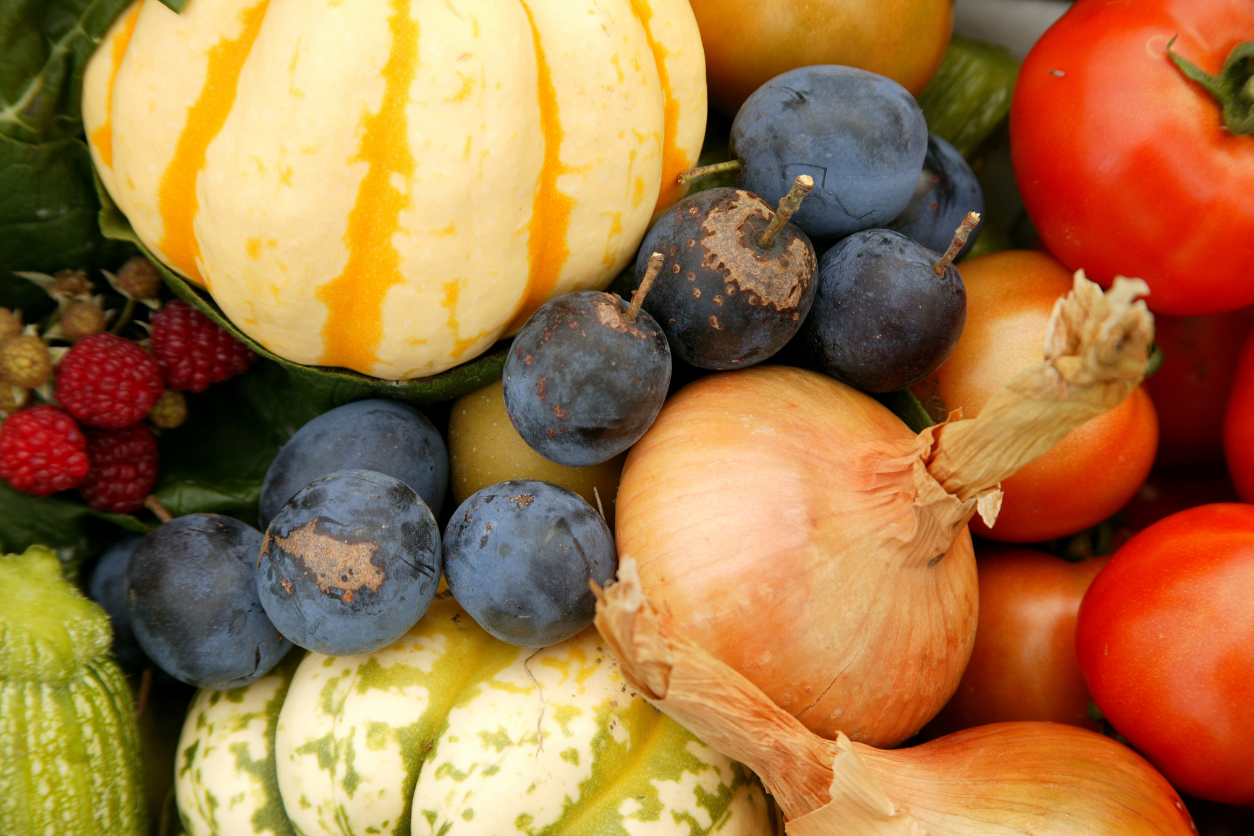March is National Nutrition Month, a time when the nation’s largest group of nutrition professionals, The Academy of Nutrition and Dietetics, encourages Americans to take a step towards a healthier diet. This year, the theme is “Personalize Your Plate.” This theme syncs well with the first piece of advice from the latest Dietary Guidelines for Americans, released late last year: “Follow a healthy dietary pattern at every stage of life.”

So, it’s important to think about what your plate should look like, depending on your current age, current health conditions and health goals. Then personalize your plate accordingly.
For all ages though, my advice is start with the produce on your plate. If you fill half your plate with fruits and vegetables, the rest of your diet falls into place. You will feel full with healthy foods, so you’ll eat less, which is important if you’re trying to lose weight. The fiber, vitamins and minerals found in fruits and vegetables will cut your risk for heart disease, cancer and high blood pressure.
Incidentally, March is also National Frozen Foods Month. But, I want to steer you away from the frozen pizza and ice cream sections, and towards the veggie, chicken tenders, frozen seafood and frozen fruit section. In the winter, when there’s less produce in season, there’s no need to cut back on veggies, just buy them differently.
- Make a stir fry using frozen veggies instead of fresh. (Though winter veggies like broccoli, cauliflower, Brussels sprouts and cabbage are in season and work great in a stir-fry!)
- Use cauliflower rice or zoodles instead of rice or pasta to cut your carbs and punch up your produce.
- Use frozen spinach to make a veggie quiche, which is a great way to grab a quick meal.
- Use frozen fruit to make yourself a smoothie. When you use frozen fruit, you don’t have to use ice, which waters down the flavor.
- Cut prep time by buying frozen onion and bell pepper mixes. I just discovered this and it’s awesome!
- You can eat all your favorite late spring and summer vegetables, frozen! Think green beans, corn on the cob, asparagus, and artichokes.
If you’re thinking, “wait a minute, fresh is healthier than frozen”, I’m here to set that myth to rest. Yes, if you’re eating your spinach and carrots fresh-picked or shortly after buying from the store they are pretty fresh. But when you buy frozen, know that it’s frozen within hours of being picked, locking in nutrients that may be lost after said carrots sit in your produce bin for a month or more.
Frozen foods do have a lifetime, and if you keep them too long, they will lose nutrients and probably show some freezer burn. It’s recommended that you keep frozen fruits and veggies no longer than 8-12 months. Time flies, so you might want to start labeling your frozen food with a Sharpie to make sure you eat it before it passes its peak nutrition and quality. (And seriously, when you freeze chili in a zip lock, it looks like SO many things once frozen—so identity labeling your leftovers is also good thing!)
Happy Munching!












